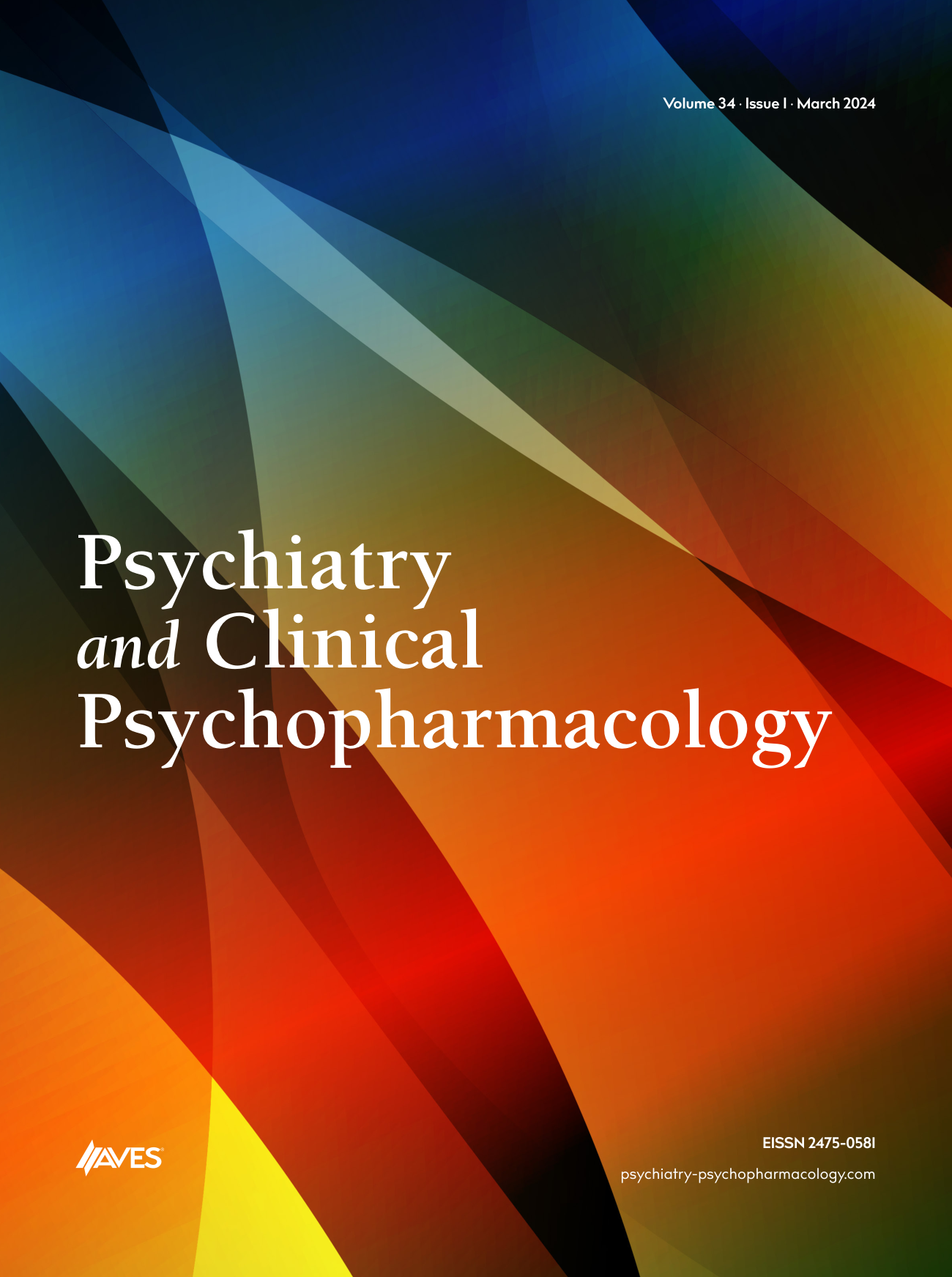Objective: The Blood Neutrophil-Lymphocyte Ratio (NLR) is an inexpensive and easily applicable method for the determination of inşammation. The recent studies often focused on the effect of inşammation in the etiology of neurological and psychiatric diseases. In a study investigating the role of inşammation in the pathogenesis of Alzheimer’s Disease (AD), NLR had 69.3% sensitivity and 79.4% specificity for the prediction of AD with a cutoff value of 2.48. In another study, increased leukocyte count was showed in stress-related suicidal behavior and this was independent of the drugs. In this study, we aimed to evaluate if there is a relationship between inşammation and Major Depressive Disorder (MDD) and AD via NLR, also to assess if this relationship can be used in the differential diagnosis of retarded depression and AD in geriatric population.
Method: In this study, we used retrospectively the blood test results of 21 retarded MDD patients and 26 AD patients over 55 age who attended in Balikesir University School of Medicine Department of Psychiatry Outpatient Clinic, between June 2012 and June 2013. The SPSS 15.0 statistical package program was used for statistical analyses of the data and statistical significance level of p<0.05 was considered.
Results: In this study, NLR was 2.74±1.20 in patients with AD and 2.09±0.75 in patients with MDD and the difference between them was statistically significant (p= 0.03).
Conclusion: According to this preliminary study, NLR may play a role as a biological indicator for distinguishing old age retarded MDD and AD patients. There are limited studies in this area and as far as we know this is the only one comparing AD and MDD patients. Therefore, it would be better to confirm those results with further studies of larger samples having control groups.



